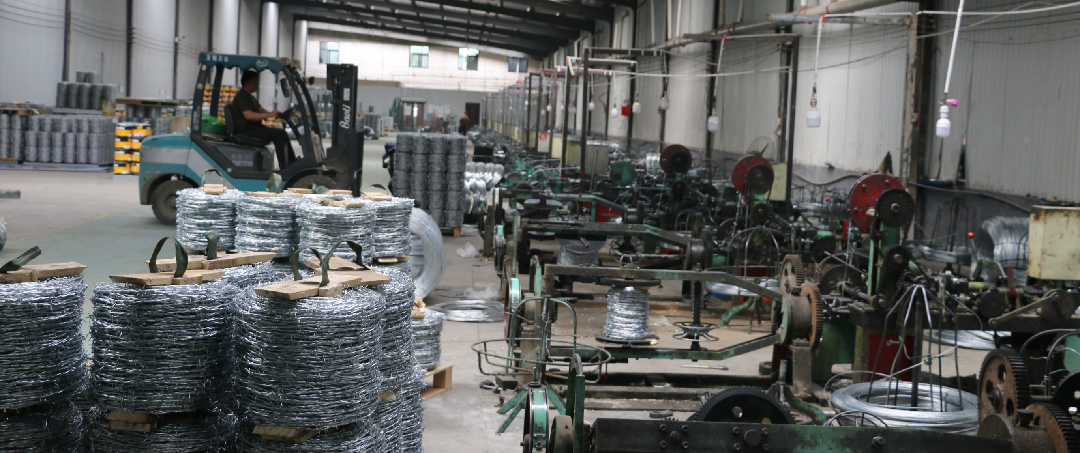strand barbed wire
The Intricacies of Strand Barbed Wire A Blend of Security and History
Strand barbed wire, often simply referred to as barbed wire, is a fencing material with a complex history intertwined with agricultural development, military strategy, and modern security needs. This seemingly simple product, made from twisted strands of wire with sharp protrusions, has played a significant role in shaping landscapes and societal functions across the globe.
Origins and Development
The origins of barbed wire can be traced back to the late 19th century in the United States. The need for a reliable fencing solution for cattle ranching and agricultural use led to numerous inventors attempting to create variants of wire fencing. In 1874, Joseph Glidden received a patent for his design, which featured two strands of wire with barbs that effectively deterred livestock and intruders alike. This invention revolutionized farming and ranching practices by providing an efficient and cost-effective way to enclose large areas.
The initial acceptance of barbed wire was met with resistance. Many cattle ranchers were apprehensive about the potential impact of enclosing vast lands, which they believed would lead to conflicts over grazing rights. Yet, as farming and land use patterns evolved, so did the acceptance of barbed wire fencing, marking a shift in the dynamics of land ownership and usage in the American West.
Application in Military Contexts
While primarily recognized for its agricultural applications, barbed wire soon found a critical role in military contexts, particularly during World War I and World War II. It became a symbol of conflict and defense, used extensively in trench warfare to deter enemy advances and protect troops. Military strategists recognized that barbed wire could slow down enemy troops, making it an invaluable asset in the grim realities of warfare.
The haunting images of barbed wire fencing in conflict zones have become etched in the public consciousness, representative of not only physical barriers but also deeper emotional and psychological divides. It symbolizes the harsh realities of war, separation, and the lengths to which nations will go to protect their borders.
strand barbed wire

Modern Uses and Security Applications
In contemporary society, the use of strand barbed wire has expanded beyond traditional fencing and military applications to encompass a wide range of security uses. It has become a common sight around prisons, military bases, and high-security facilities. The sharp barbs act as a physical deterrent, preventing unauthorized access and providing an added layer of security.
Moreover, as urban landscapes evolve, barbed wire is often employed in commercial security settings, serving as a boundary between public and private spaces. Its presence in modern architecture indicates a focus on safety and surveillance, reflecting society's ongoing struggle with crime and vandalism.
Environmental Considerations
Despite its practical applications, the use of strand barbed wire raises several environmental and ethical considerations. The potential for wildlife entanglement presents a significant ecological concern, as animals can become ensnared in the wire, leading to injury or death. As awareness of biodiversity and wildlife protection increases, there is a push for more humane fencing options that minimize harm to wildlife while still providing necessary security measures.
Conclusion
Strand barbed wire is a multifaceted product that carries a rich history and a diverse array of applications. From its roots in agricultural practices to its role in military defense and modern security, barbed wire continues to shape human interactions with the environment and each other. As society grapples with the implications of its usage, the evolution of barbed wire serves as a reminder of the delicate balance between security needs and ethical considerations in an increasingly complex world. In looking to the future, it is essential to consider not only the practical aspects of barbed wire but also its broader impact on both human and ecological communities.
-
Space-Saving Chain Fence Hacks Vertical Gardening with Cyclone MeshNewsJul.16,2025
-
Innovations in Iron Nail Wire Production for Modern ConstructionNewsJul.16,2025
-
Creative Uses of Wire Netting Fence in Modern Landscape DesignNewsJul.16,2025
-
Barbed Wire Fence Innovations in Anti-Climb TechnologyNewsJul.16,2025
-
Architectural Uses of Umbrella Nails for Aesthetic Roof DesignsNewsJul.16,2025
-
Architectural Uses of Razor Barbed Wire in Secure Urban DesignNewsJul.16,2025




